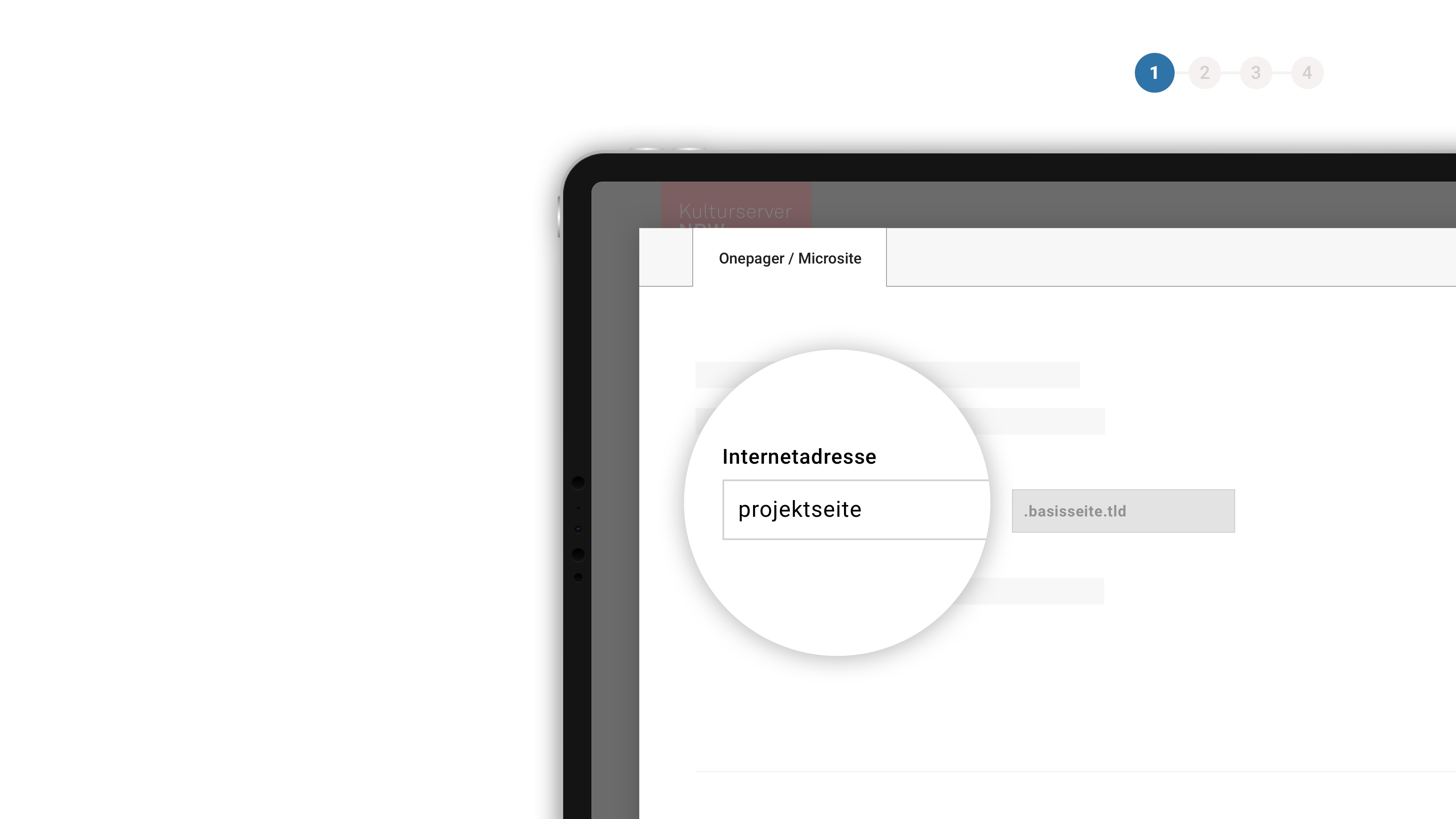Im Rausch der Bilder - Deutsche Oper Berlin
Mesmerizing Imagery
Sir Donald Runnicles conducts Gustav Mahler’s Symphony No. 2. A conversation about the eternal joy of being overwhelmed by music
Why Gustav Mahler, Sir Donald?
When I was sixteen, I supplemented my pocket money by selling evening programmes at the concert hall in Edinburgh. The First Symphony was played, and I stood in the auditorium with the feeling that time had been suspended. Today I know how long the First Symphony lasts, but I remember having no sense of whether it went on for half an hour, one hour or two hours. Everything around me dissolved, and I was mesmerized by the music and its stories.
Mahler was speaking to you.
You could say that. The theatricality, the imagery of the music just bowled me over. I started manically studying everything about Mahler. Three years later, at university, I wrote an essay on Mahler, exploring how much the instrumentation and the revisions of his Fifth Symphony have to do with Mahler the composer or Mahler the conductor.
One of the core issues where Mahler is concerned; entire academic careers have been based on this question.
Exactly, for example that of Donald Mitchell, a professor in Southampton who wrote four wonderful books about Mahler, and whom I had the pleasure of meeting. Mitchell sent me photocopies of Robert Schumann’s scores with corrections by Gustav Mahler, where he recommends four horns instead of two, changes the chromatics… In short: I was fascinated by Mahler and delved really deep. Then Leonard Bernstein came to Edinburgh with the London Symphony Orchestra in 1972, playing the Second Symphony, and once again I stood in Usher Hall, and it was just out of this world to see that little man become a giant, enchanting the orchestra and conducting the piece as if he himself had written it. I felt as if I was high, as if I had done drugs.
What makes the Resurrection Symphony so special? Is it Mahler’s greatest?
In terms of cast, the Eighth is larger. But the Second Symphony marked his breakthrough. Like all composers of his time, Mahler had been thoroughly studying finales, and marking a return to calm, after building up the piece so richly, with that tender, songful setting of »Urlicht«, is simply a stroke of genius.
But it’s also quite a handful, to put it mildly!
(Laughs.) Let’s call it a full meal. Mahler’s Second is a wonderful showcase for any orchestra, any chorus – everyone can strut their stuff, thanks to its incredible dynamic and theatrical nature.
The most valuable music manuscript is Mahler’s currently Second Symphony; in 2016 Sotheby’s sold it at auction for 5.3 million Euro.
Ah, I didn’t know that. But that’s understandable; Mahler’s manuscripts are extremely detailed, full of instructions for the entire orchestra.
How do you prepare for a performance?
I use Gilbert Kaplan’s annotated edition; he is considered the leading expert on Mahler’s Second. I also had the good fortune of meeting him years ago. Mahler had the habit of continuously altering his works. So the question is always: is the last version the definitive one? Mahler himself once told the conductor Otto Klemperer that it was entirely acceptable to adapt the instrumentation to a hall or a specific orchestra.
Is that something you do, Sir Donald? Do you adapt Mahler’s Second Symphony?
(Laughs.) For heaven’s sake, no! It is difficult enough to make everything work as it’s written in the score.
Don’t you find the huge level of detail contained in the scores limiting, as a conductor, as an artist?
Mahler fought against the »sloppiness« of contemporary performances. His scores occasionally tell the musicians: »nicht schleppen« – don’t drag – and then again »nicht eilen« – don’t rush. Yet despite this painstaking meticulousness – and that is Mahler’s genius – there is still enough space for one’s own interpretations.
Could you give an example?
Just take the very beginning: you can approach the string section with different kinds of acceleration. Do you race through or take your time? These quick, eruptive tensions, then suddenly – nothing, total silence. Something unfolds within them, and you feel: the space, the audience, the occasion. And that is something you can shape.
In the original Resurrection Symphony, Mahler envisaged a five-minute break, as if he wanted to let the end of the world sink in. Will you »perform« this break?
There once was a conductor who performed the long break, but appropriately, he moved it so that it fell between the second and third movements.
When is it marked in the score?
Gustav Mahler noted the break after the end of the first movement. But he also accepted others moving the break to the end of the second movement. I take a break after the first movement, because we all need that breather, including the audience, but it doesn’t last five minutes.
Wouldn’t it be appropriate to try it out today, given the content?
There’s a reason that the first movement of the Second Symphony was known for a long time as »Totenfeier« (Obsequies). Mahler had completed the first part in 1888, and at the funeral of his idol and mentor Hans von Bülow, he heard the poem by Klopstock, and thereupon wrote four more movements for the symphony.
Interestingly, Mahler played this first movement for his mentor von Bülow while he was still alive. Whereupon Mahler noted that von Bülow’s rejection was so violent it caused him to »behave like a madman«. Others complained about »noise, scandal, nonsense and revolt«. From today’s perspective, this is hard to understand. What made Mahler a radical?
The music’s theatricality, the three-dimensional arrangement of the instruments. Mahler was a great opera conductor; he did not have to write an opera because he was continuously conducting operas. On the other hand, one could claim that Mahler’s Second, Third or Eighth are quasi-operas, because one has the feeling that a story is being told throughout. As a conductor, Mahler knew exactly what you can get out of an orchestra, and this forcefulness, these images, the narrative, the tempests – they irritated many people.
Sounds like the early days of cinema, when people fled from movie houses or fainted.
See? I bet the same thing happened to Gustav Mahler. Mahler used the concert hall like an opera house, placing trumpets backstage or throughout the hall. Gustav Mahler literally surrounds you with music. You are in the thick of it. It reminds me of quadrophony, except that it’s live.
You are soon performing at the Philharmonie. The orchestra is on stage, together with the singers and the chorus, surrounded by the audience. What will you change?
The tempo. In such a large, reverberating space, you have to reduce the speed, otherwise the ear cannot keep up. As it says in Wagner’s PARSIFAL, »Zum Raum wird hier die Zeit« – here, time becomes space. Concert halls are temples where you also have to celebrate silence, times of absolute stillness.
What else do you focus on?
Playing at Berlin’s Philharmonie is very important for any orchestra. All the great orchestras have performed here, the sound is fantastic, everyone plays better here.
No wonder, as the building was purpose-built for an orchestra. And this orchestra is placed at the centre, and is visible the entire time!
Exactly. That is why I have to remind everyone in the orchestra to smile! Especially during the final applause.
Translation: Alexa Nieschlag





